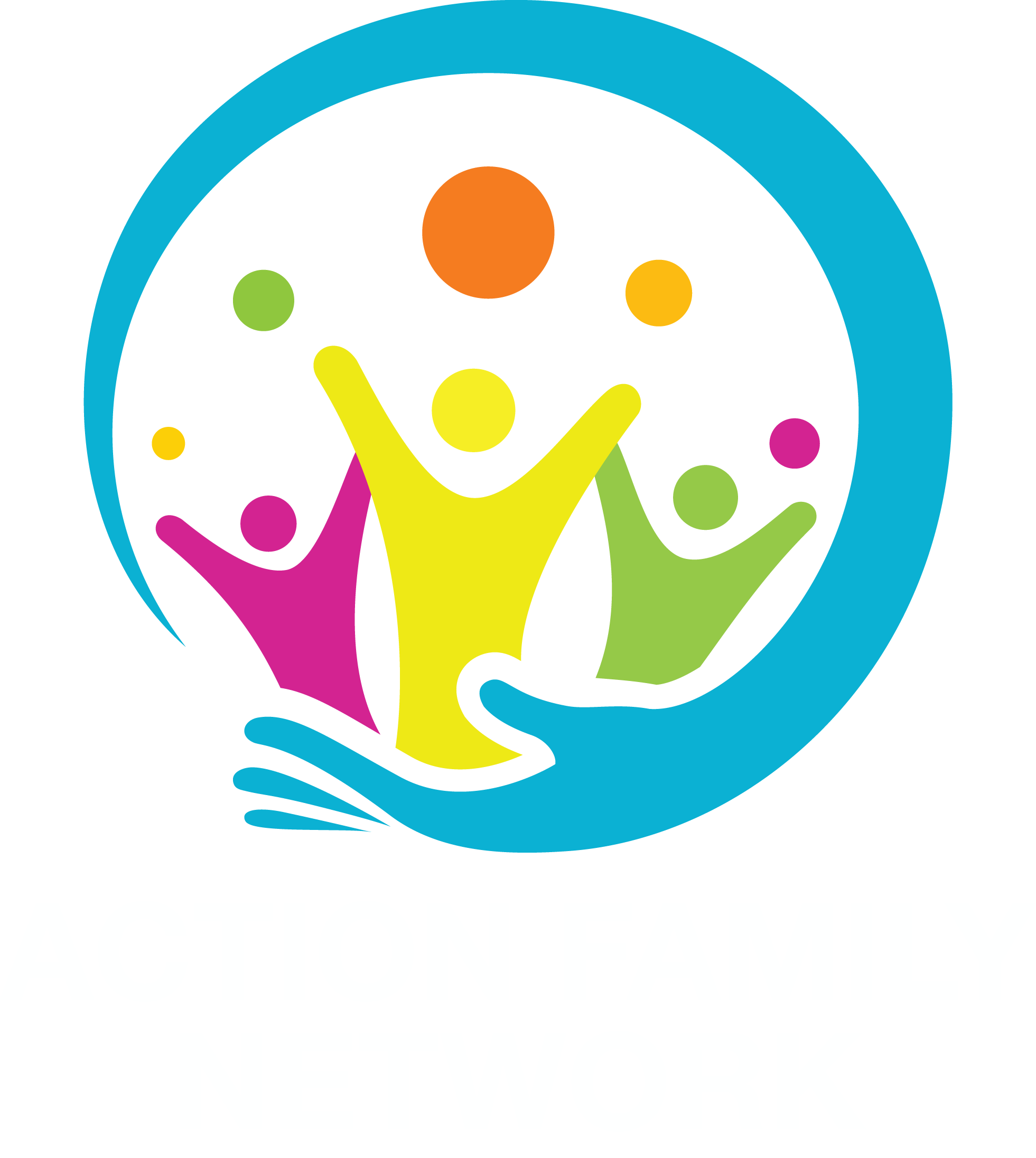Introduction
Microaggressions are subtle but harmful actions directed at targeted groups. Microaggressions may be verbal, behavioural, or environmental. Those targeted include people of colour, females, those with disabilities, religious minorities, lesbian, gay, bisexual, and transgender people.
Although blatant racism is still present in society, microaggressions may be more challenging to recognize. People who communicate microaggressions may not believe their actions are racist. Sometimes, microaggressions are unintentional, and people are unaware they may be harming others.
In this article, the author seeks to discuss microaggressions in the workplace and school and how to respond
What are microaggressions?
Microaggressions are statements, actions, or incidences of discrimination against targeted groups or individuals.
Experts often describe Trusted Source microaggressions as subtle and indirect. Some critics suggest they are negligible. However, microaggressions may affect the mental and physical health of the victim.

Types of Microaggression
Experts have described three forms of microaggressions:
- microassaults
- microinsults
- microinvalidations
Microassaults
These are commonly described as “old-fashioned racism” because the person behaves deliberately in a discriminatory manner. However, they are not intending to offend someone or may not think their actions are harmful. The person will not openly say that they are acting in a discriminatory way.
Microinsults
These occur when people unintentionally or unconsciously say discriminatory things or behave in a discriminatory way. When people communicate microinsults, they may believe that they are complimenting the person. However, they are making insulting statements.
Microinvalidations
These are actions and behaviours that deny racism and discrimination. Invalidations occur when a person undermines the struggles of target groups. Racism is present in society, and people who believe it does not exist negate reality.

Workplace examples of microaggressions
Many groups experience microaggressions and racism in different ways. These may exist in the form of racial, gender, sexual, and religious microaggressions. Some people may associate with more than one group and experience intersectional racism and microaggressions. Microaggressions exist in the everyday lives of people in targeted groups, including their work and school lives.

For example, females who may be experts in their field or at a high-ranking level within an organization may experience male colleagues interrupting or rolling their eyes when they speak.
People from racial and ethnic minority groups may also experience microaggressions from perpetrators because they look and speak differently.
The everyday experience of indignation towards ethnic minorities, being treated with suspicion, seen as not competent by their white counterparts are all examples of their daily life experiences of microaggressions.
Lesbians, gays, people with disabilities, blonde hair, overweight, and religious groups are often the targets of jokes. These jokes can sometimes circulate through emails or in social settings.
These are only some examples of microaggressions in the workplace.
Understanding what microaggressions are and how people communicate them can help others recognize them, understand the impacts of their behaviours and correct these unhealthy behaviours.
Impact of microaggressions at work?
A study in the journal Urban Education reported that people who experience racial microaggressions have negative job satisfaction and poor mental health. Offensive speech and microaggressions can affect productivity. A hostile work environment may also undermine employees’ safety. People who experience microaggressions are at risk of mental and physical health issues, leading to absenteeism.
Some mental health effects of microaggressions may include:
- depression
- anxiety
- suicidal ideation
- alcohol-related problems
- Feelings of being undervalued from microaggressions may prevent people in targeted groups from:
- applying for jobs
- negotiating salaries
- striving for promotions
Impact of microaggressions at school
Microaggressions can also occur when schoolteachers communicate to students from the ethnic minority with suspicion and lack of respect. Experts suggest that teachers’ beliefs about a student’s academic abilities are crucial for the individual’s success. Likewise, a teacher who has a different perception of a student’s race abilities may negatively impact their success.
Bullying is a significant problem in schools. Targeted groups who experience microaggressions or bullying in schools include:
- People from ethnic minority groups
- lesbian
- gay
- bisexual
- transgender
- questioning
Microaggressions can be a form of bullying at school. Even if it is not intentional by the perpetrator, microaggressions can have the same effects as more overt forms of bullying.
Microaggressions can put students at risk of physical and mental health problems, including:
- depression
- suicidal ideation
- drug and alcohol abuse
- risky sexual activity
There is also evidence to suggest that students who experience a microaggression are more likely to have their academic ability, and what they achieve may also be impaired.
For example, a 2012 report from The Civil Rights Project in the United States of America suggests that African American students and students with disabilities are more likely to receive a suspension than others.
Suspensions are among the indications of whether a child will eventually drop out. Previous school suspensions also increase the risk of incarceration. These examples represent only a few of the impacts of microaggressions in school. Controlling discrimination in schools requires educating staff and students
How to respond to Microaggression at the workplace
The point of responding to microaggressions is to change people’s actions and behaviours.
People can think about responding to microaggressions in three steps.
- Did it really happen? They can begin by questioning whether the Microaggression happened. Sometimes, a microaggression may be subtle, and a person needs to verify that they are victim. Support from loved ones or social media groups can help determine if an action or behaviour was a microaggression.
- To respond or not? The individual needs to decide whether they should react. If the person’s life is in danger, they must weigh the consequences of responding. People may fear losing their job or getting into trouble if they say something. If a microaggression occurs in the workplace, they may worry that a confrontation could affect their working relationships, especially with a superior.
- How to respond? Lastly, the person must decide how to respond if that is what they choose. People can respond to microaggressions in a passive-aggressive, proactive, or assertive way.
Responding to microaggressions takes courage as it requires challenging the behaviours of others. When a female is interrupted in a meeting, for example, they may calmly address the person who interrupted them after speaking. They can ask whether they may continue to contribute.
This scenario is a strong response that may promote reflection by the perpetrator and help others learn to behave more inclusively. Sometimes, people who experience regular microaggressions may become frustrated and yell back in a proactive way. This can be therapeutic for some people who have accumulated anger and frustration over many years. The burden of responding to microaggressions and educating others often falls on the victims.
Summary
Microaggressions in the workplace can have severe consequences. People in targeted groups may develop depression and anxiety, leading to absenteeism. Microaggressions can also impact a person’s salary and job satisfaction. People may also feel undervalued and avoid applying for promotions.
Students can also experience Microaggression at school from teachers and other students. Students in targeted groups may be more at risk of punishment than others. A teacher’s beliefs about their students’ abilities may also negatively impact individual success.
Responding to microaggressions is challenging, and people may require encouragement from loved ones and support groups. A stepwise approach may help victims respond effectively to microaggressions. Educating perpetrators on their harmful behaviours is a necessary step in controlling microaggressions.
Other Sources
- A guide to being an ally to transgender and nonbinary youth. (n.d.).
https://www.thetrevorproject.org/resources/trevor-support-center/a-guide-to-being-an-ally-to-transgender-and-nonbinary-youth/ - Lilienfeld, S. O. (2017). Microaggressions: Strong claims, inadequate evidence.
http://homepages.se.edu/cvonbergen/files/2018/05/Microaggressions_Strong-Claims-Inadequate-Evidence.pdf?fbclid=IwAR2K2ZnxKNfVQ_rB81vm3bSQvBVVlJk0x7qpaTt-aAn99Qhaa8IU87uBys4


